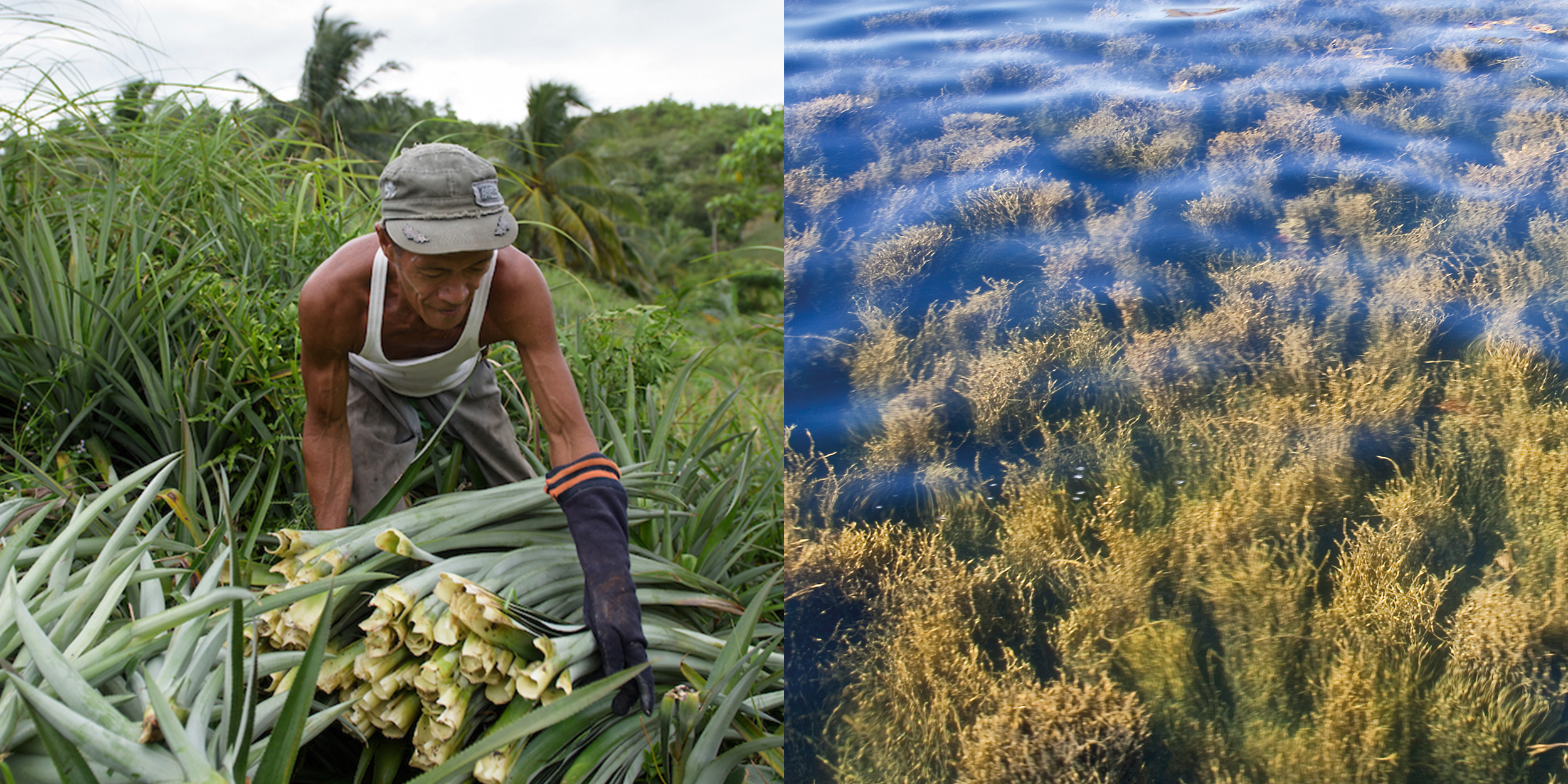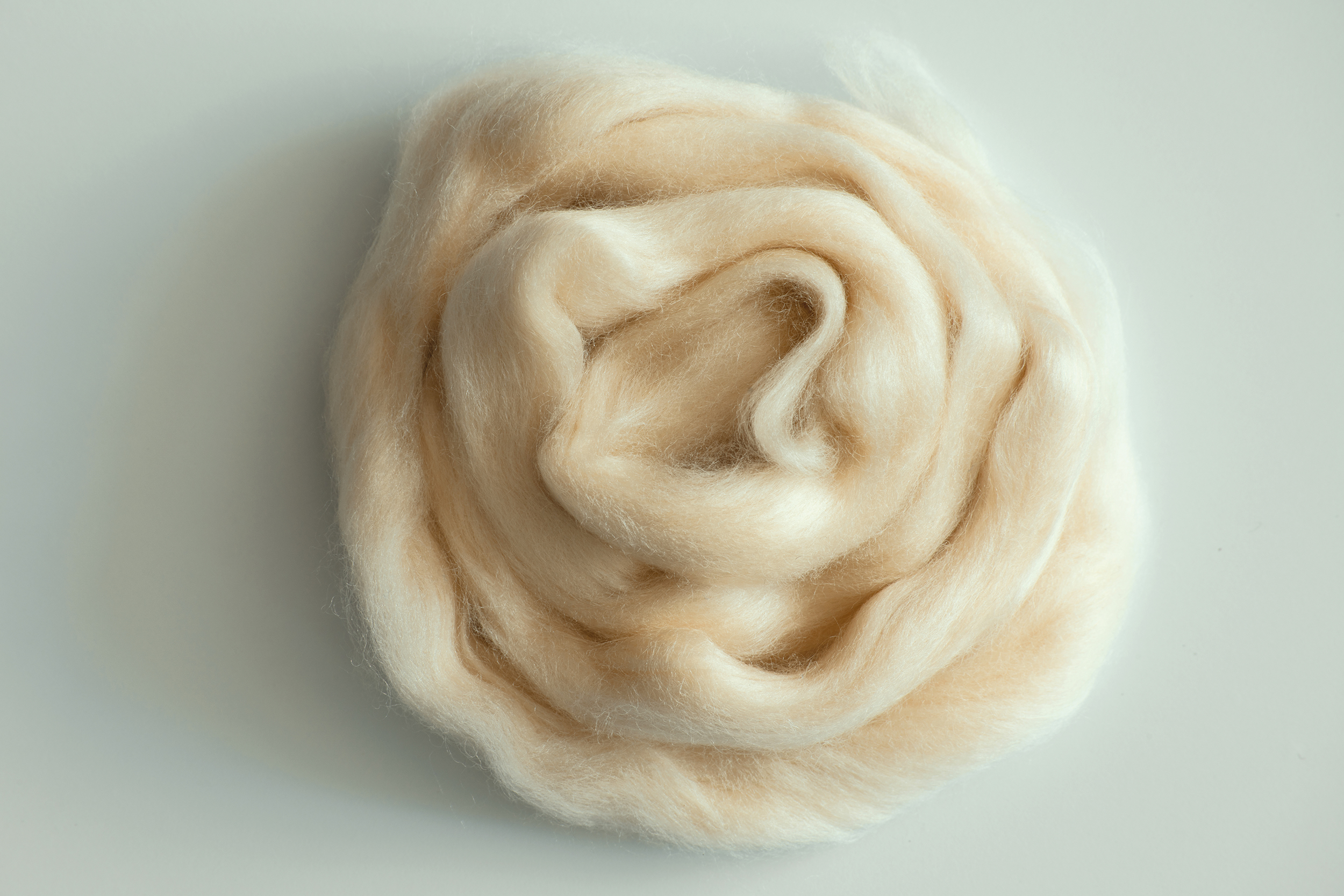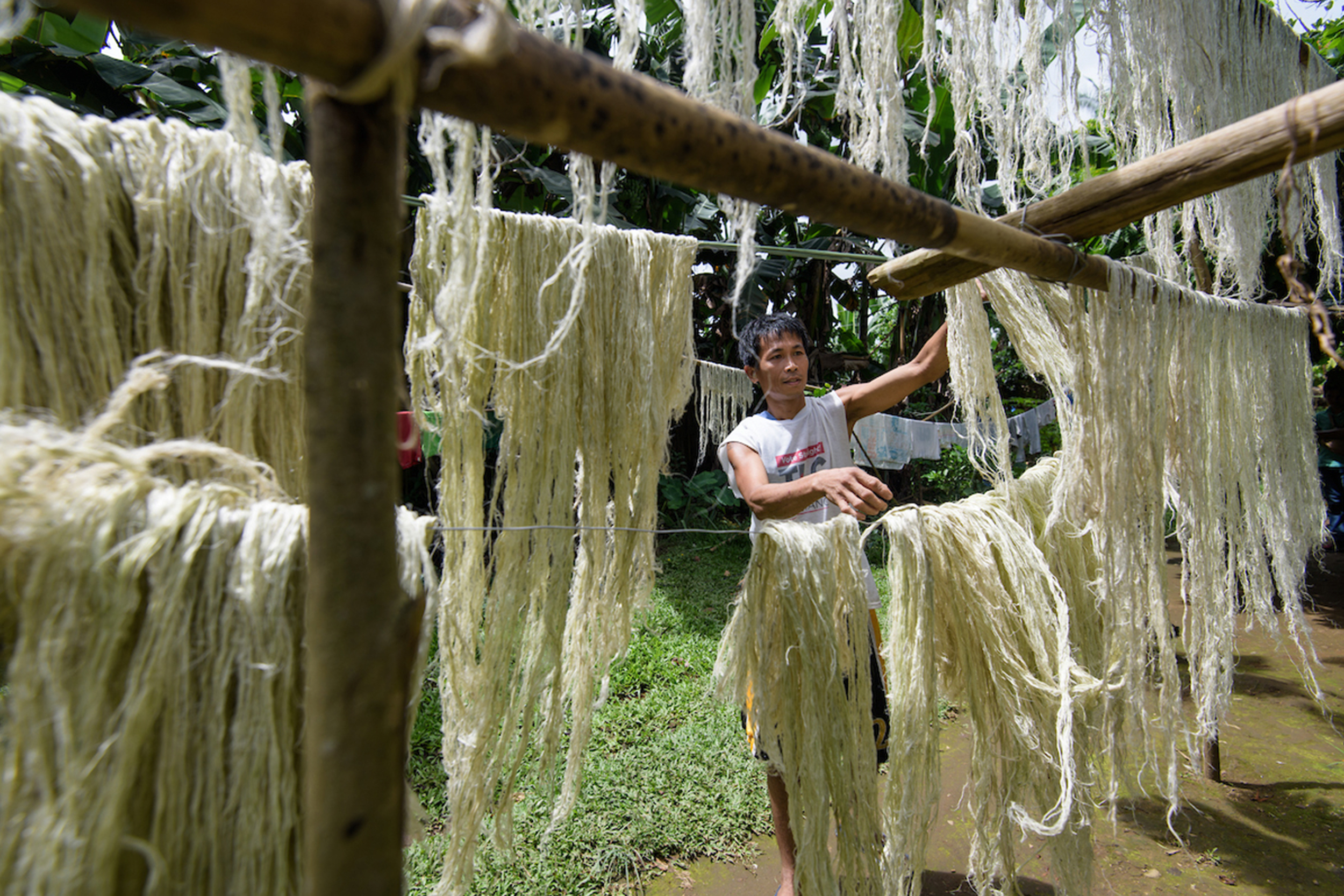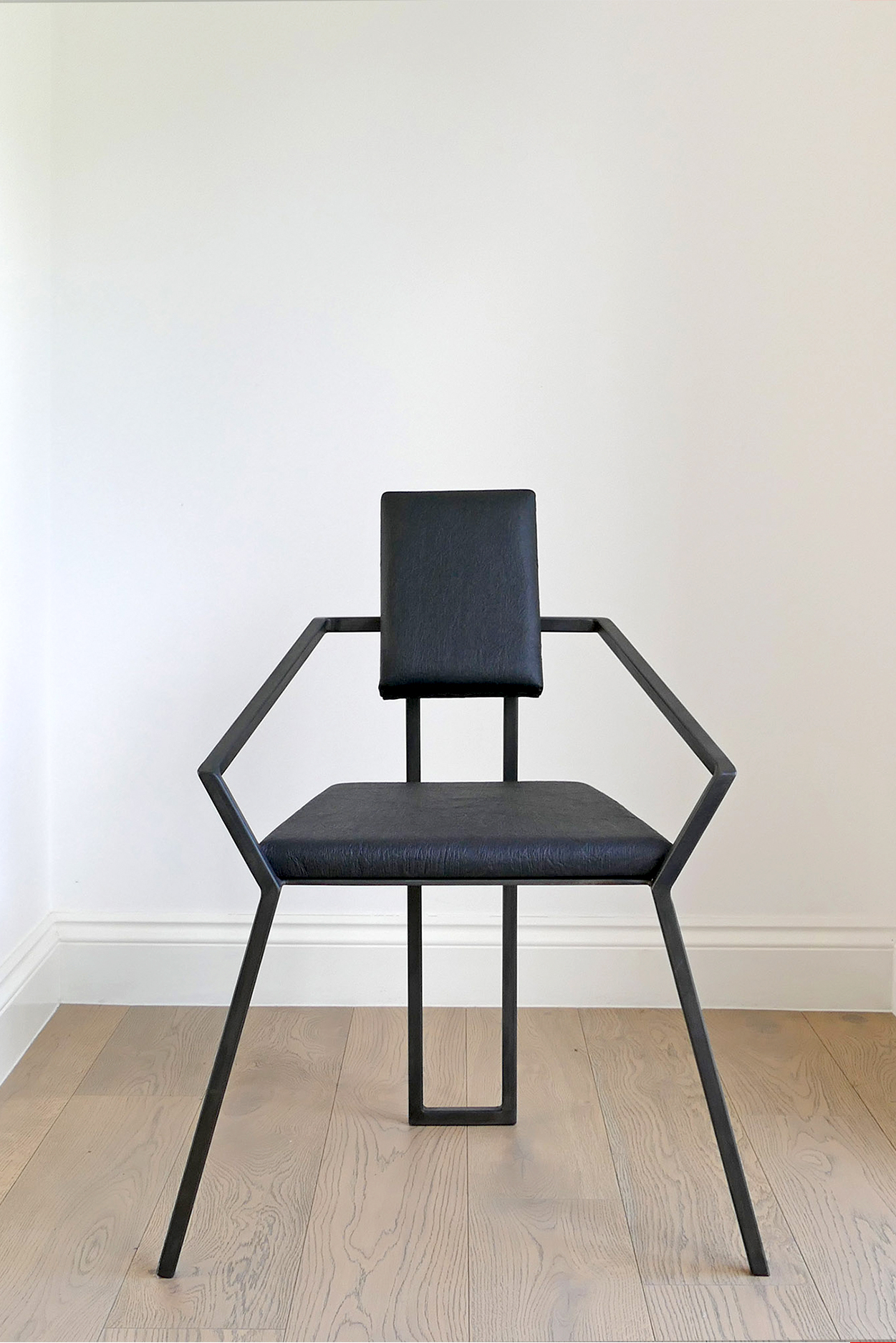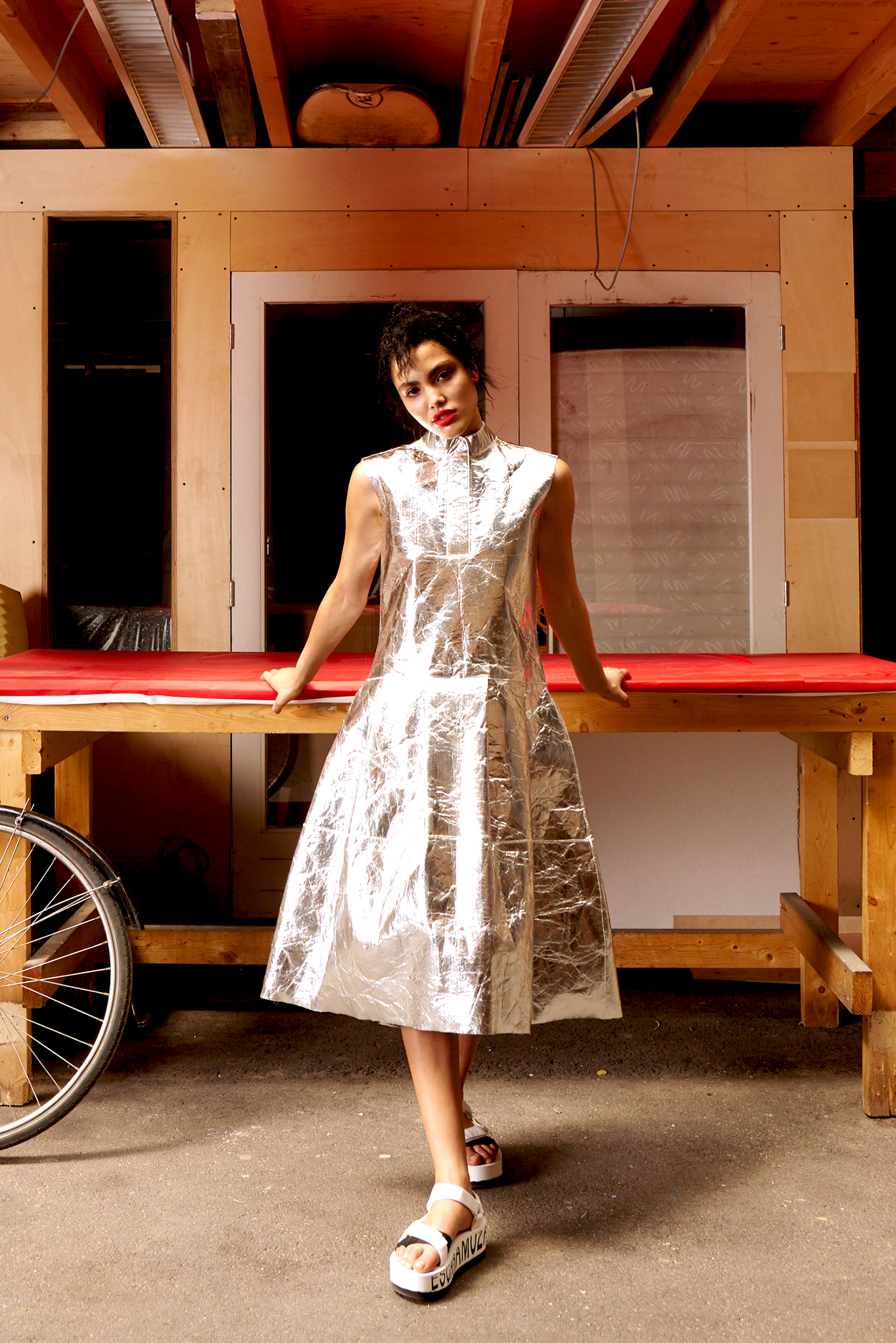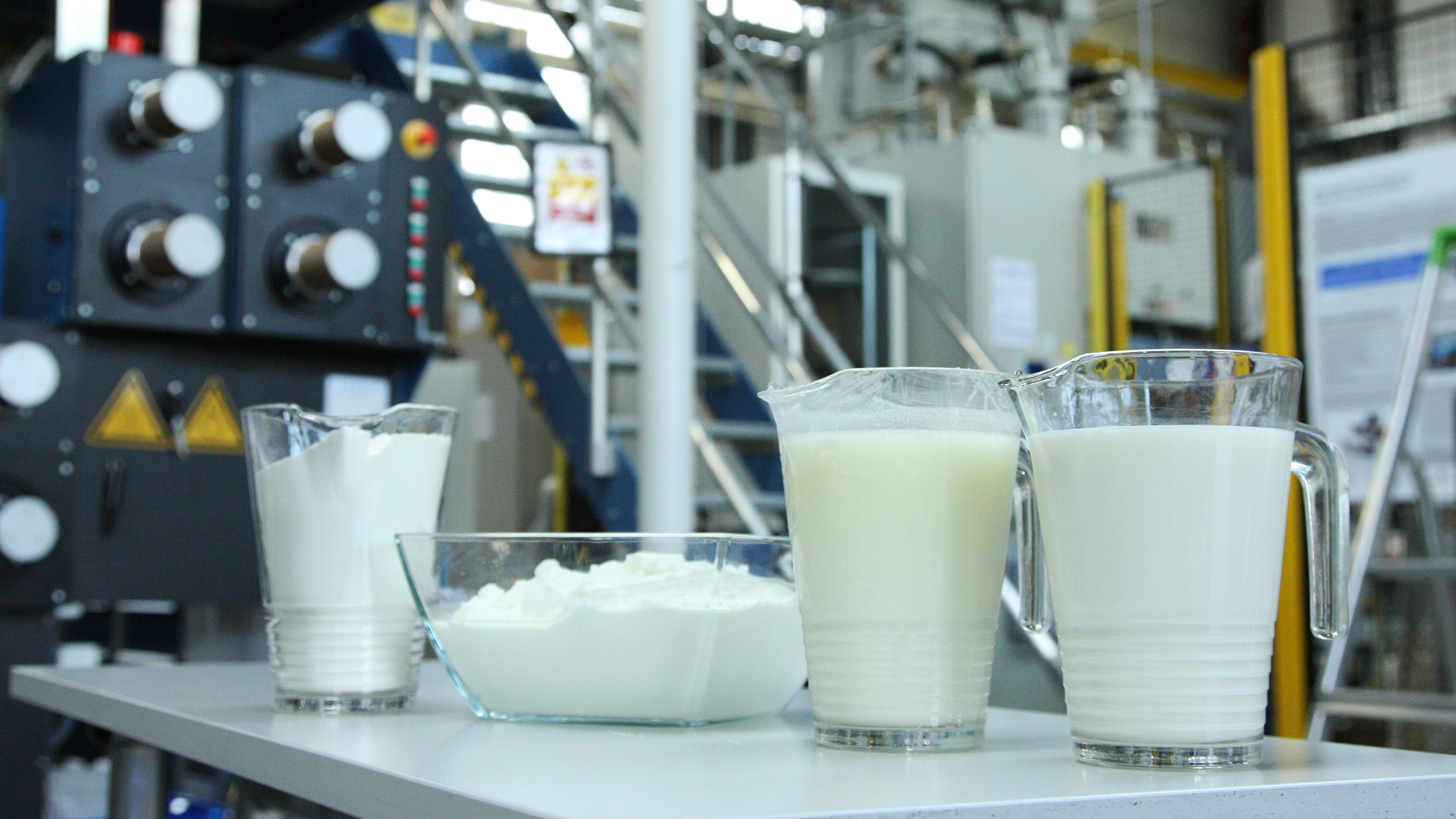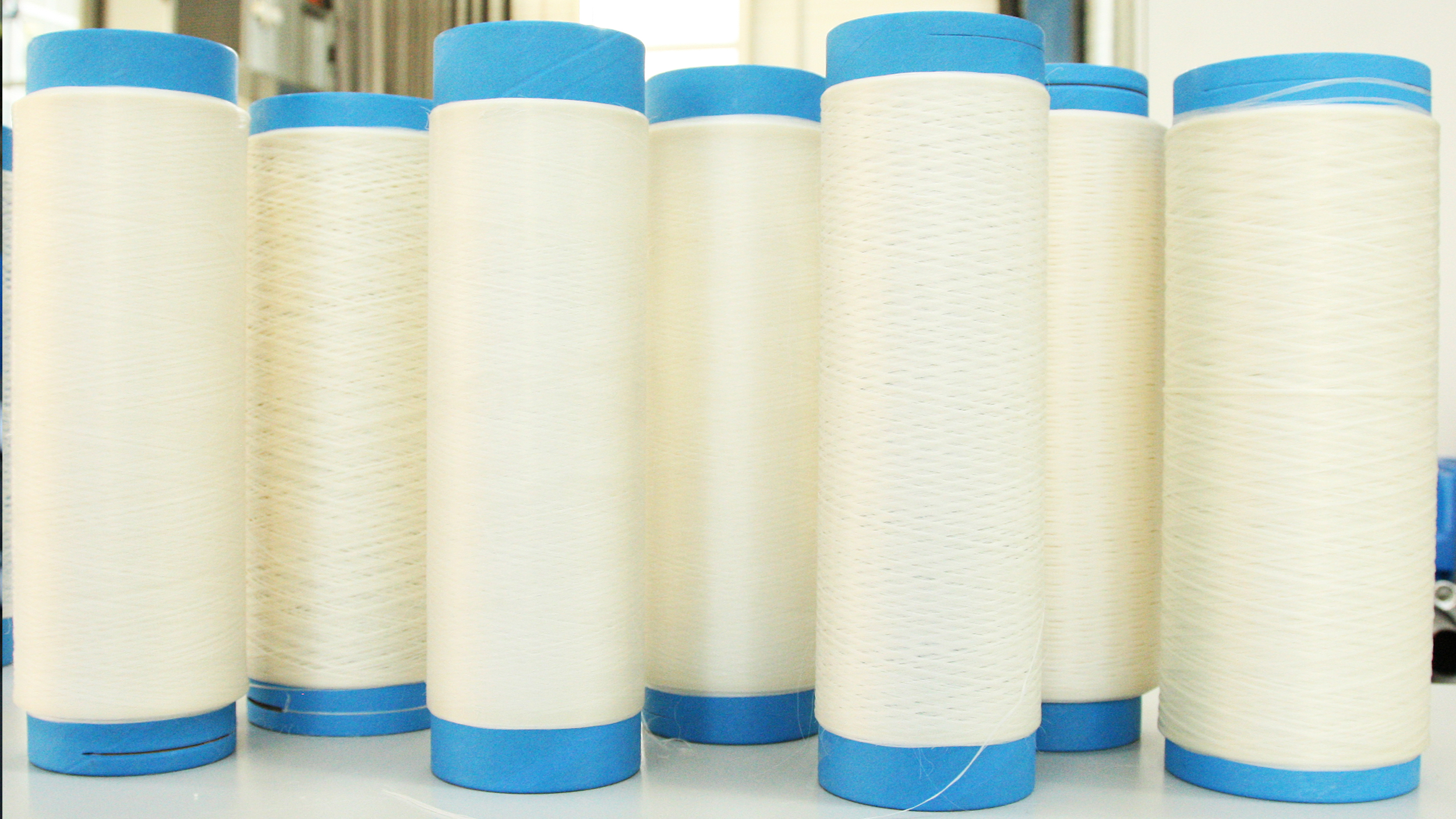Bianca Sellnow • 29.03.2018
How clothing and furniture become more sustainable through innovative natural fibres
Natural fibres are in principle more sustainable than synthetic ones. However, the example of cotton shows that some natural fibres also have a substantial detrimental effect on the environment. That’s why designers are increasingly bringing fabrics onto the market that are even more ecological. We will give you an overview of the most promising ranges.
Synthetic fibres are usually based on fossil raw materials, and enormous amounts of energy are needed to produce them. On the other hand, natural fibres such as cotton, linen or silk are made from renewable raw materials, which are much less harmful to the environment. In addition, natural fibres can generally be processed at a lower cost.
Nevertheless, natural fibres can also harm the environment. For example, growing cotton takes up huge areas of land and uses enormous quantities of water and pesticides. When searching for alternatives, designers are increasingly tinkering with new types of fibre, which are based on even more sustainable raw materials.
What innovative natural fibres are available?
The number of new natural fibres has been rising for years. They are made into materials, which can be used only in very specific textiles. However, this also includes universal fibres, which are processed into fabrics for a broad range of uses like clothing or furniture.
For example SeaCellTM is composed of algae and is an invention by smartfiber AG from Rudolstadt in Germany. This innovative natural fibre is not only intended to be very soft and therefore pleasant to wear, it is also said to have a nurturing effect when it comes into contact with the skin. In addition, the inventors are paying attention to a sustainable harvest of the algae and processing that conserves resources.
The designers even received the European Environmental Award in the «technology for sustainable developments» category from the European Union in 2000 for their environmentally friendly production. So far the natural fibre has been used in baby clothing, underwear, towels and also in sleeping bags.
Although cork is not a new material, in addition to stoppers for wine bottles or as a building material, designers are now also using it as an alternative to leather. The raw material made from the bark of the cork tree is already incorporated after processing into materials such as shoes, bags and jackets, some of which look deceptively like leather, as shown for example by the manufacturer Sorbas Shoes.
Piñatex® is the name of an innovative natural fibre, which is made of pineapple leaves. The inventor Dr. Carmen Hijosa is actually an expert in leather products. When she was confronted directly with the effects of leather production on nature at a conference, she started to look for an ecological alternative.
One solution was found by Hijosa in pineapple leaves, which are a waste product when the fruit is grown. The inventor is now arranging for bags, shoes or even car seat covers to be made from this material.
Qmilk now uses only milk from over-production to produce textiles. The natural fibre came about when the inventor Anke Domaske was looking for clothing that had not been treated with chemicals. She then discovered milk proteins, which had already been used in textiles many years ago.
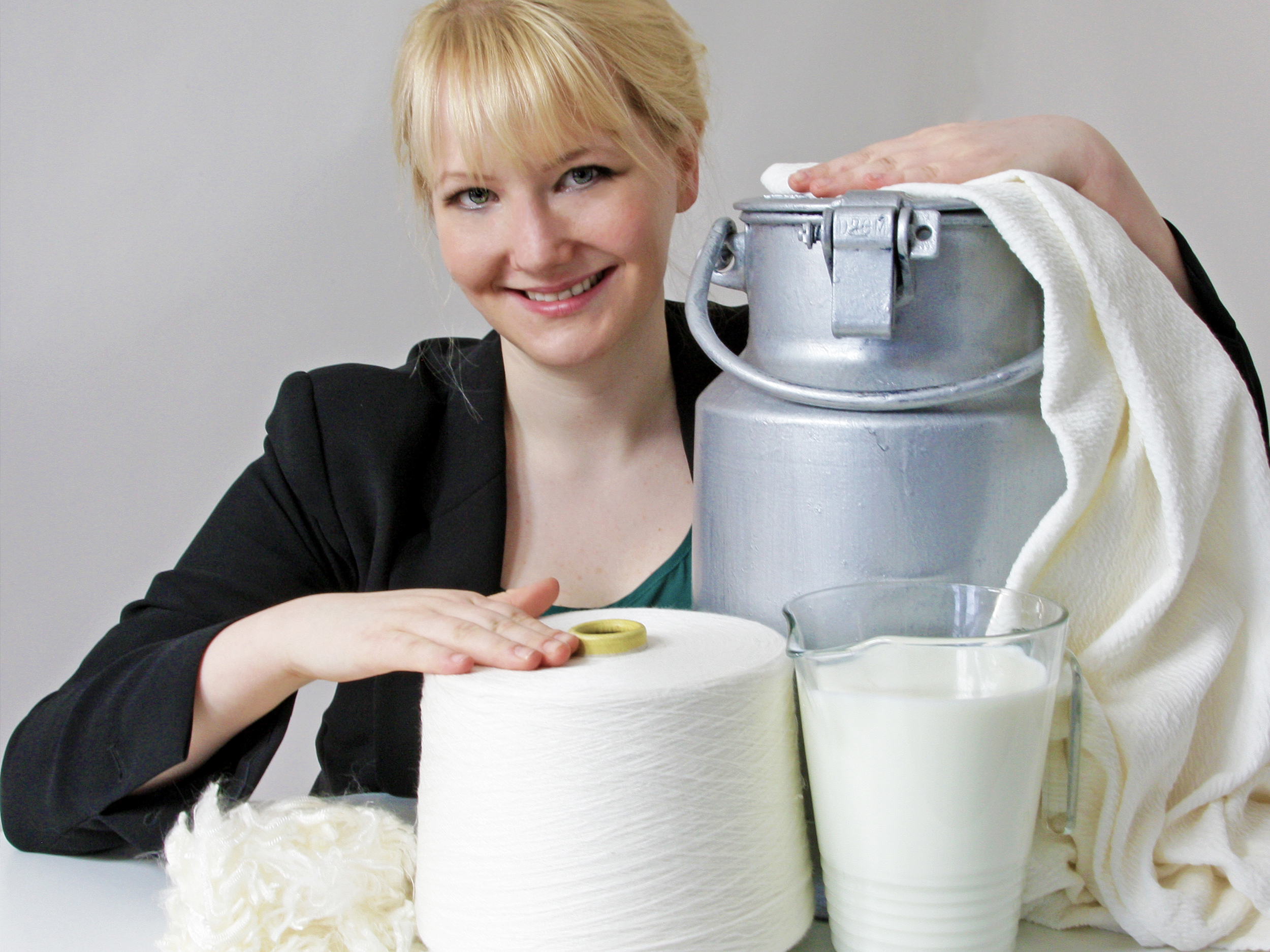
According to Qmilk’s website, the fabrics made from the milk are particularly soft. At the same time they are the only natural fibres with special features, through which they can be combined most easily with other natural fibres. Dresses, shirts and bedclothes are among the items made from the milk fibres.
Do You Green sells underwear made from wood. That might sound a bit strange at first. But this French lingerie label is focusing successfully on the renewable raw material. The fabrics look like normal cotton. The woody underwear is not only intended to be more sustainable than established natural fibres, but also be more comfortable to wear.
Why innovative natural fibres are not yet incorporated in all fabrics
Popular synthetic fabrics such as polyester or also natural fibres such as cotton are extremely widespread. From a sofa cover, tablecloth, to trousers, bags and jackets, they can be found in almost every area of our lives.
The comparably low quantities, in which innovative fibres have so far been produced, mean they have not yet become an extensive alternative to established fibres. However, the innovative designers are impressively showing what certain niche products or also basic materials for our furniture and clothing might be composed of in the future.
